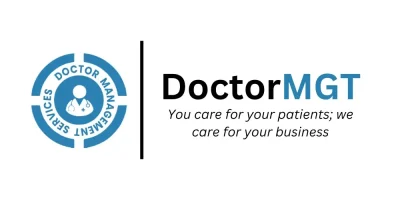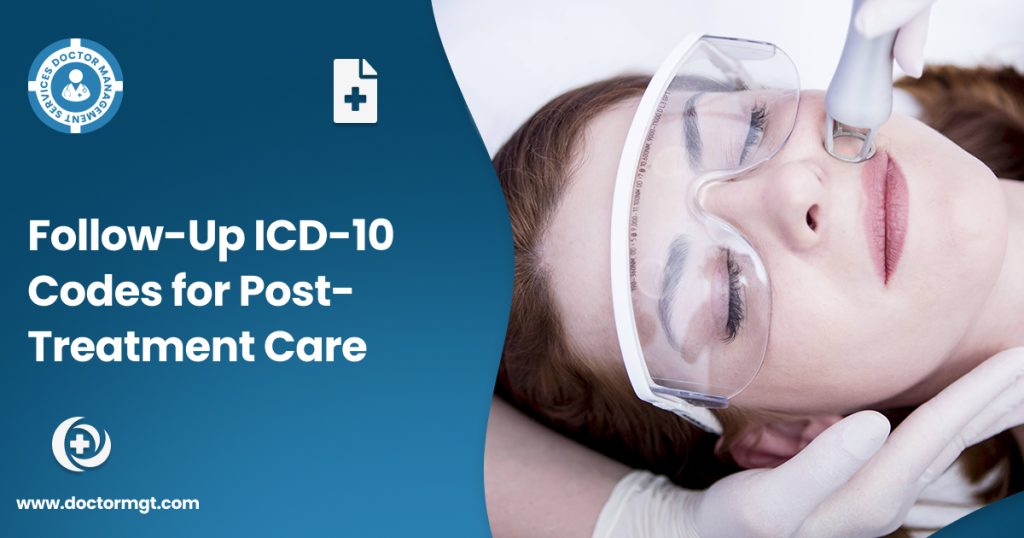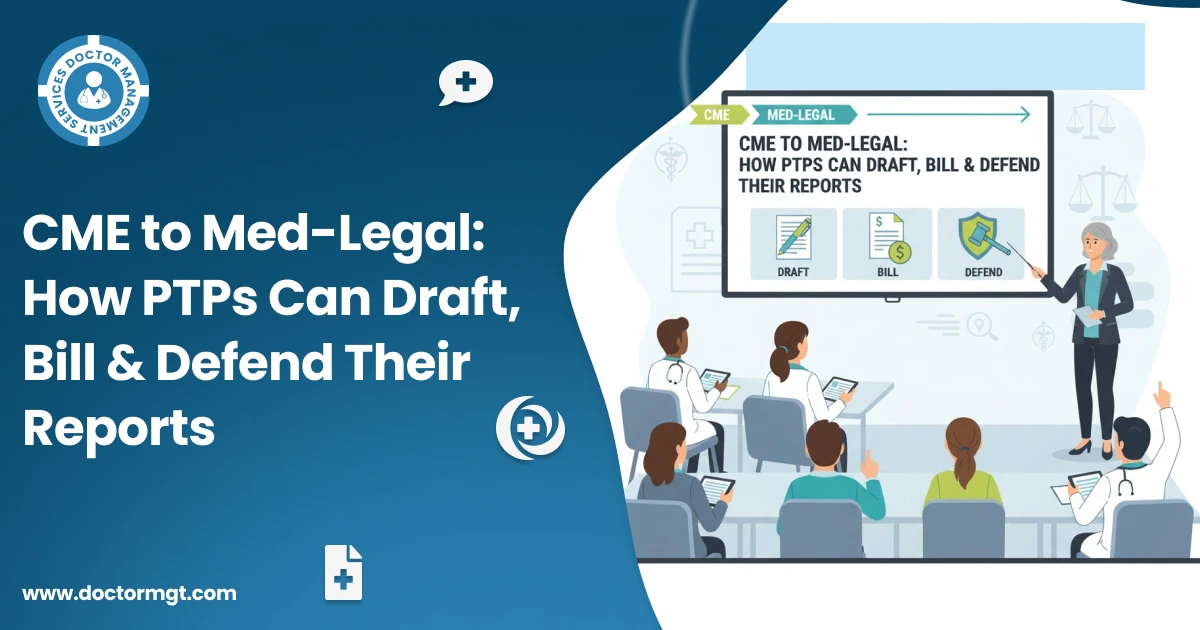Never think that medical care stops when the procedure has done. Follow up visits are sometimes a regular thing for complex healthcare issues. For cracking wound healing, monitoring symptoms, or removing sutures, follow up visits are vital. For providers, it’s not just a treatment offered, it’s also requires comprehensive documentation and billing.
If you’re administering post-treatment injections, you know how detailed that coding gets. For example, the 96372 CPT code description refers to the administration of a therapeutic or prophylactic injection. It doesn’t include the medication—just the injection. If that injection happens during a follow-up visit, you’ll need the correct ICD-10 code alongside the CPT to avoid denials.
This blog walks you through everything you need to know about follow-up ICD-10 codes—from what they are to how and when to use them properly.
What Are Follow-Up ICD-10 Codes?
Follow-up ICD-10 codes are used when a patient return after treatment or surgery. These visits aren’t for new problems. Instead, they monitor progress, healing, or ongoing recovery.
These codes fall under the ICD-10 “Z” category. They document visits related to completed treatment—such as surveillance after surgery, observation after chemo, or check-ups for resolved infections.
They serve a simple purpose: to explain why the patient is back without making it seem like a new diagnosis.
Why Follow-Up Coding Matters
Inaccurate or missing follow-up codes can cause several issues:
- Denied claims: If a visit is coded like a new problem when it’s really a follow-up, payers may reject the claim or ask for more documentation.
- Audit risks: Improper follow-up coding increases your risk during an audit. Accurate codes clearly show that the visit is part of planned care.
- Broken continuity of care: These codes create a record trail of care progression. This is especially important when multiple providers are involved.
A well-documented follow-up visit reflects quality care—and good billing hygiene.
Common Follow-Up ICD-10 Codes
A few of the most common follow-up codes are outlined here:
Z09 – Follow-up exam after treatment of non-cancer conditions.
This code refers to a follow-up examination for a patient who has received treatment for some condition other than cancer.
Z08 – Follow-Up Exam After a Patient Is Treated For Cancer
This code refers to an examination of a patient who has completed cancer treatment.
Z47.89 – Orthopedic Aftercare Excluding Joint replacements
This code refers to aftercare in orthopedic departments, excluding the one related to the joint replacements.
Z48.02 – Visit for Suture Removal
This code is used for removing a suture and its related care. This can be a quick doctor’s visit.
Z48.89 – Aftercare Visits Other Than Those Covered By The Codes Above
This code stands for further appointments after surgery, that is to say, those not dealt with in the codes listed above.
Z51.89 – Other Aftercare Codes Not Elsewhere Classified, E.G., Radiation or Rehab
This code is for other specified aftercare services like radiation or rehab.
Each of these codes refers to a situation where the primary treatment has been done but the patient still needs to be reviewed or tested if necessary or to adjust the care.
Follow-Up vs Aftercare: Know the Difference
A lot of healthcare providers confuse follow-up codes with aftercare codes, but the distinction is:
- Follow-Up Codes (like Z09 or Z08) are used when their treatment has been successfully given. At the time of these visits, the patient is only being observed or there is some confirmatory action to be taken.
- Aftercare Codes (like Z47.89 or Z48.89) are to be used if there is continued care related to the actual procedure/condition, for example, dressing changes or therapy.
For example, a patient may have gone through a foot surgery two weeks ago:
- If they come back for stitches removing or for checking the incision that has to be treated, use aftercare codes.
- If they come back after a month, and the wound has healed, and you are only testing that the function is back—then use the follow-up code.
This difference will make sure that accurate billing and coding compliance is maintained.
How to Correctly Apply Follow-Up Codes
To code a follow-up visit, please answer the following questions:
- Is the original condition resolved or under control?
- Is this visit just for a doctor’s look at, testing, or monitoring?
- Is there no active treatment involved?
If yes, then a follow-up code is probably appropriate. However, bear in mind that these codes usually work fine if:
- You use them together with the previous diagnosis code (if you need it to specify the case).
- You have a CPT code for the healthcare service provided during the visit, e.g., an office visit, minor procedure, or diagnostic test that is appropriate.
For example, in a situation involving a patient who had pneumonia treated last month and now comes back for a follow-up, you need to remember to use the code Z09 paired with a CPT code such as 99213 (established patient office visit) to report the second diagnosis.
A Word on Pain Management and ICD-10
Pain management requires follow-up skills. The patient may come back for assessment, minor adjustments to the medication, or even a referral to therapies such as nerve blocks and injections.
If you are engaged in pain management medical billing services, using follow-up and aftercare codes becomes a familiar practice. You should demonstrate that these appointments are part of a structured, continuous care plan—especially in case you are charging for services such as
- Trigger point injections
- Epidural steroid injections
- Physical therapy or massage therapy referrals
So, let’s assume that your patient has undergone lumbar surgery and is back two months after the operation for the pain. Although the wound has fully healed, the patient may still need/want care. Depending on the situation, choose Z47.89 or Z51.89 tomean that you are following up on a surgery in a place of care—not treating a new injury.
The proper coding in this context does not just back up reimbursement, but it is also evidence that continuation of care is a must.
Workers’ Comp Follow-Up: Extra Care Needed
Treating patients under workers’ comp involves extra documentation. These cases typically include:
- Extended rehab
- Ongoing diagnostics
- Periodic re-evaluations
- Work status reporting
For a workers’ comp case, it is necessary to document the subsequent visit showing that it is indeed related to the original workplace injury. Not doing so might result in the reimbursement being delayed or denied altogether.
For instance, an employee who got injuries in the shoulder a couple of months ago decides to get a recheck before going back to work. It is not something new—a continuation. Use Z09 and link it to the primary injury code (like S43.401A for unspecified shoulder sprain).
Detailed documentation is the key feature of a smooth workers comp collection process, with no complications resulting from codes that are difficult to understand or mismatched.
How ICD-10 Follow-Up Codes Help with Accurate Billing
Not only do the right ICD-10 follow-up codes that you use express your clinical reasoning, but they are also beneficial to your billing and collections team.
- Payers comprehend the context of the visit—they recognize its connection to a prior condition.
- Reduces denials and resubmissions—clean claims go through faster.
- Medical necessity documentation becomes better—you show that the visit is part of ongoing care.
Furthermore, it’s a very significant for those medical specialties that execute repetitive services such as injections, infusions, therapy sessions, and wound care. These repeat visits often require linking to the original diagnosis while using a follow-up or aftercare code to support continuity.





